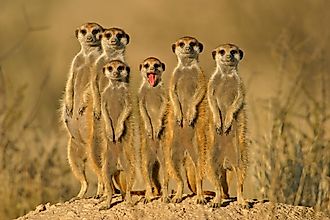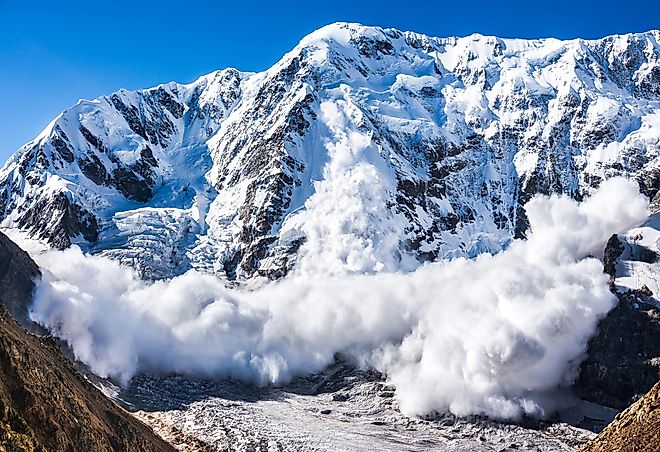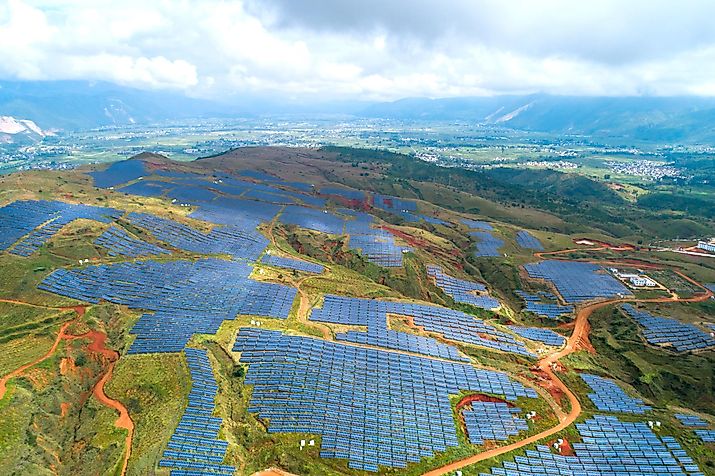Science & Nature
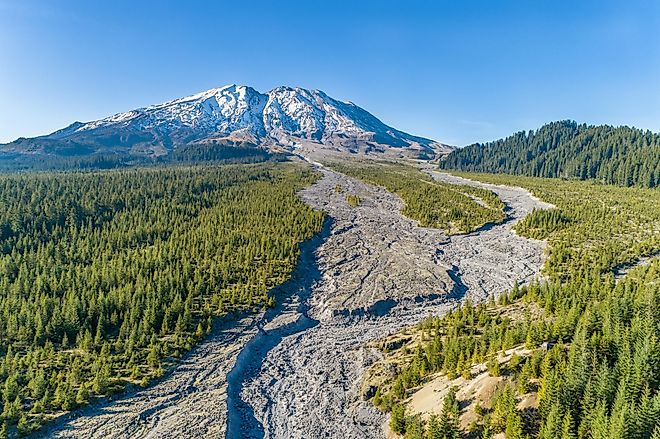
What Is A Lahar?
A lahar is a natural phenomenon that demands the attention of scientists, policy makers, and the public due to their potentially devastating effects on the environment and human settlements.
What Ionized the Universe
Empty space in the universe is largely ionized, which means that the atoms within the mediums have been stripped of their electrons.

The 10 Best Astronomical Observatories In The World
The Maunakea Observatories are a series of telescopes in Maunakea (on the Island of Hawaii), which 12 separate and non-profit institutions operate.

The Climate Zones Of The World
It is believed that the enormous diversity of life on Earth is primarily due to the different varieties of climates that exist on the planet.

What Animals Live In the Mountains?
Learn some of the iconic animals that live in the mountains, with a deep dive into each animal, as well as a few pointers on how you can spot them in the wild

11 Animals That Live in Extreme Environments
Organisms that grow and thrive in extreme environments are called extremophiles, and they have unusual coping and survival mechanisms.
Tsunamis
Tsunami refers to a series of enormous waves with long wavelengths and lengthy periods generated in an ocean or a large lake.

Universes Greatest Mysteries and Why They are Unsolved
The universe is shrouded in mystery. No matter how much science uncovers about the universe, there always seems to be more to discover.
Jupitor's Offical Moon Count Up To 92 Now
Astronomers recently confirmed the existence of 12 new moons around Jupiter, raising its official moon count to 92 moons.
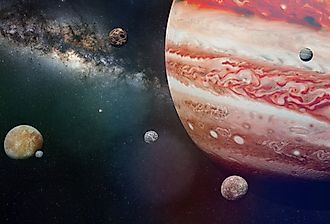

Our Solar System is the Rarest Kind in the Milky Way
Recently published research suggests that how the planets are ordered in our solar system makes it among the rarest type of solar system in our galaxy.

Cascadia Subduction Zone
Cascadia Subduction Zone is a 600-mile-long dipping fault located at the convergent boundary between the continental North American and the oceanic Juan de Fuca,

The Origin Of Planet Earth
The Earth formed along with all the other planets around 4.5 billion years ago. The planets of our solar system formed shortly after the sun.
The Most Populous Mammals in the World
Most of the largest mammal populations on Earth are domesticated animals or common livestock species like cows, cats, dogs, sheep, etc.

Thunderstorms
hunderstorms occur during the spring and summer seasons in temperate regions, whereas in tropical areas.
Cyclones
The four main types of cyclones include Tropical cyclones, polar cyclones, mesocyclones, and Extratropical cyclones.
Coral Reefs
Often known as the “rainforests of the sea,” coral reefs are considered the most productive ecosystems in the world.

The 9 Most Snake Infested Areas In The US
Some states swarm with snakes, some, not so much, while a handful are snake-free. In this article, we disclose the nine most snake-infested areas in the US.
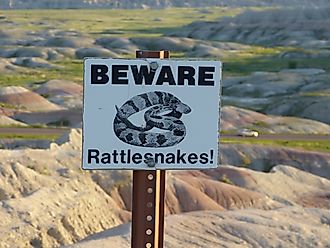
Where Do Most Earthquakes Occur In The US?
As a country isolated from war, economically hardy, and unabashedly robust - the United States has only one weakness, and this vulnerability lies directly beneath it.

The World's 10 Loudest Animals
The blue whale is the largest living creature, and therefore, it probably comes as no surprise that it can make one of the loudest sounds.

What Does E=MC2 Mean?
E=MC^2 was formulated by Alberta Einstein in 1905, and it describes how mass and energy are related. Mass is imply concentrated energy.

Hubble’s 10 Most Significant Discoveries
The Hubble Space Telescope is one of the most powerful telescopes ever built, and it has revolutionized our understanding of the universe.

How Big Is Pluto?
Pluto is a dwarf planet that was once classified as the ninth and smallest planet of our solar system with a diameter of 1,473-miles (2,370-kilometres).
